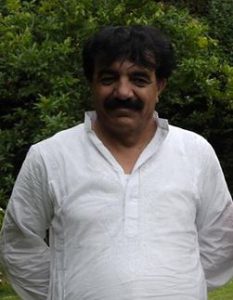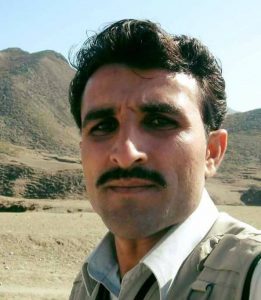
Khyber Pakhtunkhwa
Khyber Pakhtunkhwa (KP), erstwhile North-West Frontier Province, bordering Afghanistan is Pakistan’s second largest province in terms of ethnic demography, dominated by Pakhtuns who constitute over 18 per cent (37.6 million) of Pakistan’s 207 million population according to the 2017 national census.
Because the same ethnic demographic dominates Afghanistan, the socio-political trajectory of KP has been deeply influenced by the chequered history of Afghanistan and its fallout on Pakistan, including on media and free speech. This has included, in recent decades, the invasion of Soviet Union of Afghanistan and the subsequent domino events of resistance by Mujahideen groups aided by the US, the fall of communist Kabul, the emergence of bloody infighting among Mujahideen for control of Kabul, the emergence of Taliban, the arrival of Al Qaeda that resulted in the 9/11 attacks in the US, the fall of Taliban, the establishment of western-backed government and civil society and its subsequent collapse and the re-emergence of Taliban in 2021.
These events next door in Afghanistan, among other things, impacted KP in the shape of millions of Afghan refugees that flooded the province with a presence spanning decades, including currently, and militancy and terrorism that killed tens of thousands in the province. This has resulted in years of socio-economic upheavals that have spawned strong control of the province’s politics and governance by the security establishment and widespread social resentment, especially in the militancy infested erstwhile Federally Administered Tribal Areas bordering Afghanistan that were politically merged in KP in recent years to restore peace, but which has been elusive.
The media in KP in recent decades has been one of the biggest casualties of the region’s recent history, with many of its journalists and other practitioners being killed by both non-state and state actors, countless others forced into self-censorship and media struggling for relevance and survival.

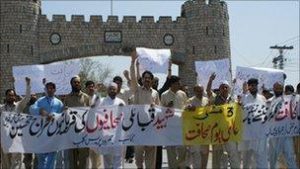
Tribal Areas: "Security Concerns Creating Difficulties In Reporting"
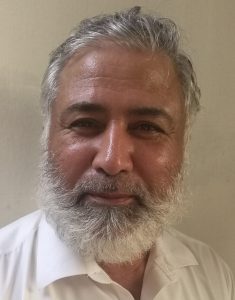
‘Media Houses Are Not Playing Due Roles In Protecting Journalists’

Court Order Sentencing Murderer Of Journalist Ayub Khattak To Life Imprisonment
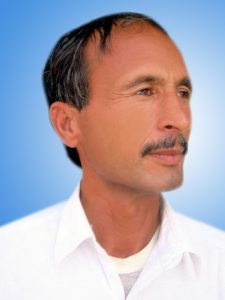
Life Sentence For Killer Of Journalist In Pakistan
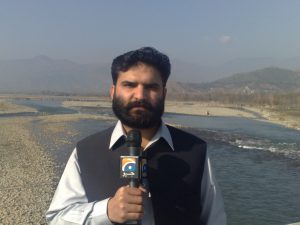
Seven Years of Unease For Late Musa Khan Khel family
